Pink Ballerina Japanese Maple – 2 Gallon Pot
$149.97 Original price was: $149.97.$97.99Current price is: $97.99.
SKU: D2LSC 0914290563 Category: JAPANESE MAPLE TREES
- Buy quality, buy with us.
- Your Security is Our Promise
- Sustainable materials, for a better tomorrow.
- SSL encryption, absolutely safe shopping

Pink Ballerina Japanese Maple
Acer palmatum dissectum ‘Pink Ballerina’
Plant Details
USDA Plant Hardiness Zones: 5a-9b Find Your Zone
Height at Maturity: 3-4′ in 10 years; 6-8′ over time
Width at Maturity: 3-4′ in 10 years; 6-8′ over time
Growth Habit / Form: Weeping, Cascading, Mounding
Growth Rate: Slow
Foliage Color in Spring: Pink with Red and Green
Foliage Color in Summer: Green and White with Red and Pink new growth
Foliage Color in Fall: Orange, Red
Light Needs: Morning Sun with Dappled or Afternoon Shade, All Day Filtered or Dappled Sun
Water Needs: Average
Soil Type: Clay (amend heavy clay soil for good drainage), Loam, Sandy (amend quick draining soil for moisture retention), Silty
Drainage: Moist but Well-Drained – Well drained soil is a must!
Soil pH: 5.0 – 7.0 is ideal
Maintenance: Low
Resistances: Deer, Heat Tolerant, Insect Resistant, Sun Tolerant
Description
Adored for its arching weeping branches clothed in pink spring foliage, ‘Pink Ballerina’ is a dwarf Japanese Maple with beautiful lacy leaves emerging a variegation of pink, red and green in spring turning burgundy-green and white in summer with pink and red new leaves. Fall color is shades of orange and red. We recommend growing this rare beauty in shade to part sun with no direct sunlight during the hot afternoon hours.
Pink Ballerina was discovered at Junkers Nursery in England as a sport of Acer dissectum ‘Nigrum Select’ but we think it looks a lot like ‘Hana Matoi’. The base color of Pink Ballerina is a deeper rich reddish to purple like that of Hana Matoi, with pink variegation. A good amount of sunlight in the morning and/or late afternoon through evening hours provides better color, however, avoid midday sun to protect the variegated portions.
Landscape & Garden Uses
To showcase its magnificence and beauty, Pink Ballerina Japanese maple is a dwarf ideal for use as a specimen in smaller garden spaces and containers to draw attention to a specific area of the home or landscape. That said, you can plant them in groupings of three or plant one on both sides of an entryway.
Container culture can extend the useful range of Japanese Maples. They are extremely easy to grow in containers, a practice taken to its most extreme form in the art of bonsai. Click on the link below under Helpful Articles for Japanese Maple container planting instructions.
Note: One Japanese Maple can make a landscape…that is, if you don’t overcrowd it with other trees and plants. Therefore, when choosing companions to plant under or around your Japanese Maple, make sure to select low-growing groundcover plants, such as Dwarf Mondo Grass or Golden Creeping Jenny, that won’t interfere at all with your tree.
Growing Preferences
Though delicate looking, Japanese Maples are actually very tough and long-lived trees. They are very easy to grow.
In their natural habitat, Japanese Maples are understory trees, growing in dappled forest sunlight at the edges of woodlands. Ideally, the Pink Ballerina Japanese Maple prefers to be grown in similar conditions. That said, if you are needing a maple that will tolerate more sun there are many sun-tolerant Japanese Maple varieties.
Most any average garden soil will grow Japanese Maples. They prefer a moist but well-drained soil rich in organic matter. As with so many other ornamental plants and trees, constantly soggy or wet soil can be problematic. So make sure to plant your Japanese Maple in a well-drained site.
Helpful Articles
Click on a link below to find helpful advice from our experts on how to plant and care for Japanese Maple trees.
How To Plant A Japanese Maple Tree In The Ground
How to Plant A Japanese Maple Tree In A Pot
How To Fertilize And Water A Japanese Maple Tree
How To Prune A Japanese Maple
Plant Long & Prosper!
Meet The Wilson Brothers & Staff
Questions? Contact Us!
Very nice——————————–Thanks for the photo, it’s beautiful. We are so glad you are pleased and we hope you enjoy it for years to come! Thanks for the great review! 🙂 Beth Steele | WBG
Be the first to review “Pink Ballerina Japanese Maple – 2 Gallon Pot” Cancel reply
Related products
Sale!
JAPANESE MAPLE TREES
Sale!
JAPANESE MAPLE TREES
Sale!
JAPANESE MAPLE TREES
Sale!
JAPANESE MAPLE TREES
Sale!
JAPANESE MAPLE TREES
Sale!
JAPANESE MAPLE TREES
Sale!
JAPANESE MAPLE TREES
Sale!
JAPANESE MAPLE TREES
Twombly’s Red Sentinel Japanese Maple – 2 Gallon Pot (2.5-3′)

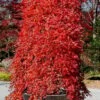
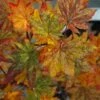




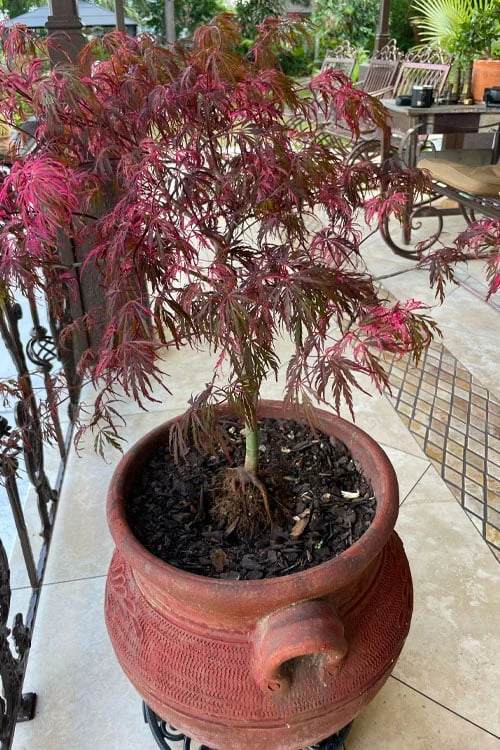

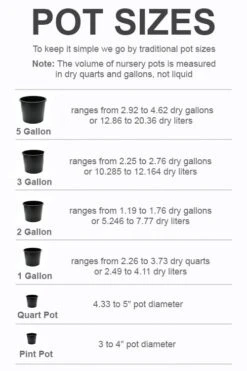





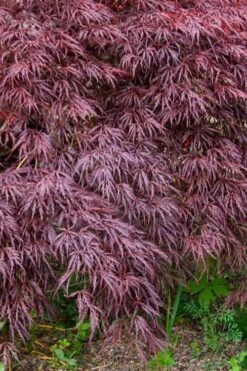
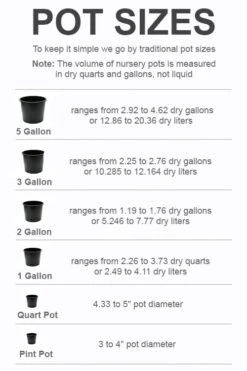




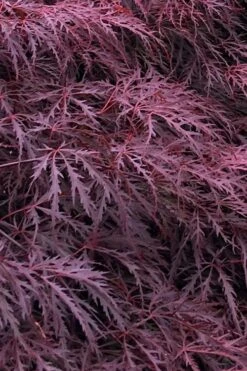


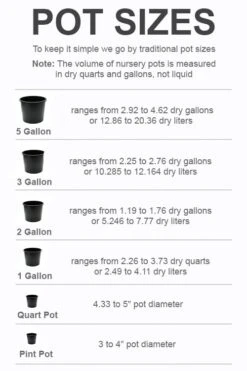
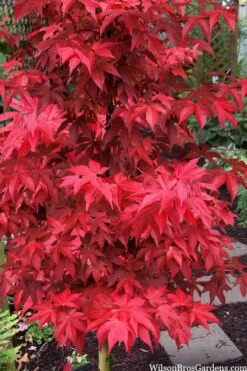
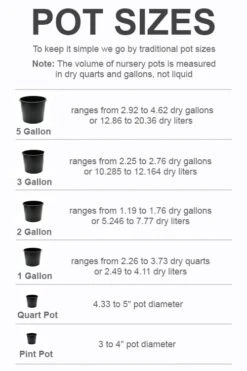

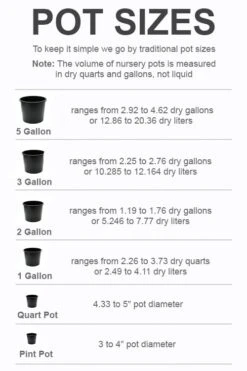
Reviews
There are no reviews yet.